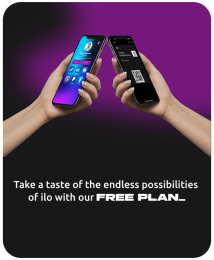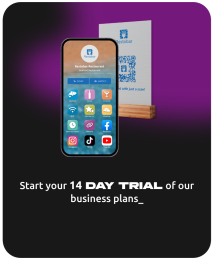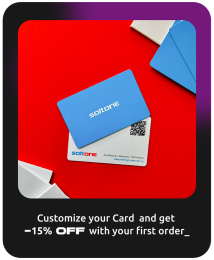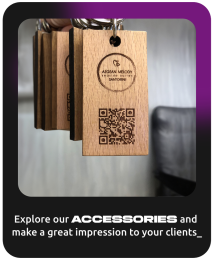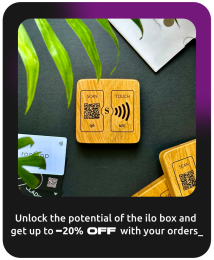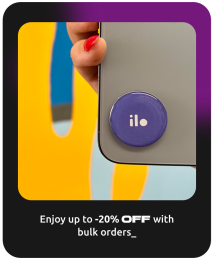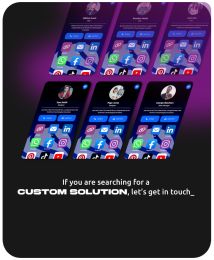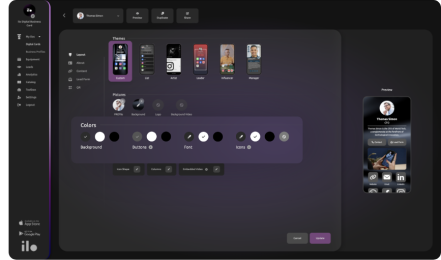In today’s digital era, the concepts of ‘brand’ and ‘branding’ have become more crucial than ever. A brand is not just a name, logo, or product; it is the collective perception that people have about a company or individual, shaped by their experiences and interactions. It’s the emotional and psychological relationship that an entity has with its audience.
Branding, on the other hand, is the active process of shaping these perceptions. It involves creating a distinct image and identity for a business or individual in the minds of the target audience. This process includes developing a unique name, design, and consistent theme across all marketing communications. Effective branding creates a memorable impression and allows customers to know what to expect, establishing trust and credibility.
History of Branding
Early Forms: The concept of branding originally began with the ancient practice of marking livestock with a distinctive symbol to indicate ownership. This practice dates back to over 4,000 years ago in ancient Egypt, where farmers branded their animals to protect against theft.
Craftsman’s Mark: In the Middle Ages, artisans began to use marks to signify the maker and quality of their products. These marks were a precursor to modern logos and were essential in establishing a craftsman’s reputation for quality.
Industrial Revolution and Beyond: The Industrial Revolution marked a pivotal shift in branding. Mass production led to a surplus of goods, which created the need for manufacturers to differentiate their products from competitors.
Rise of Advertising: The late 19th and early 20th centuries saw the rise of advertising. Companies began to use logos, mascots, and slogans to create distinct brand identities, fostering customer loyalty.
Modern Branding: In the 20th century, branding evolved to focus not just on the product, but also on the emotional connection with the audience. Brands like Coca-Cola and Nike are notable examples of this approach.
Digital Age: The advent of the internet and social media has further transformed branding. Today, branding is about creating a holistic experience, encompassing digital presence, customer service, and social responsibility.
Types of Branding
- Product Branding: Focuses on differentiating individual products.
- Service Branding: Centers around the marketing of services.
- Corporate Branding: Involves marketing the brand of a corporation as a whole.
- Personal Branding: Applies to individuals, particularly in public-facing roles.
- Geographical Branding: Used for specific regions or localities.
- Online Branding: Focuses on building a brand’s presence on the internet.
- Retail Branding: Concerns branding within a retail environment.
- Cultural and Ethical Branding: Brands that align with cultural or ethical values.
- Co-branding: Involves a strategic alliance between two brands.
Each type of branding serves a specific purpose and targets different aspects of a business or individual’s presence in the market. The choice of branding type depends on the objectives, target audience, and the core values of the entity being branded. Understanding these different types can help businesses and individuals create more focused and effective branding strategies.
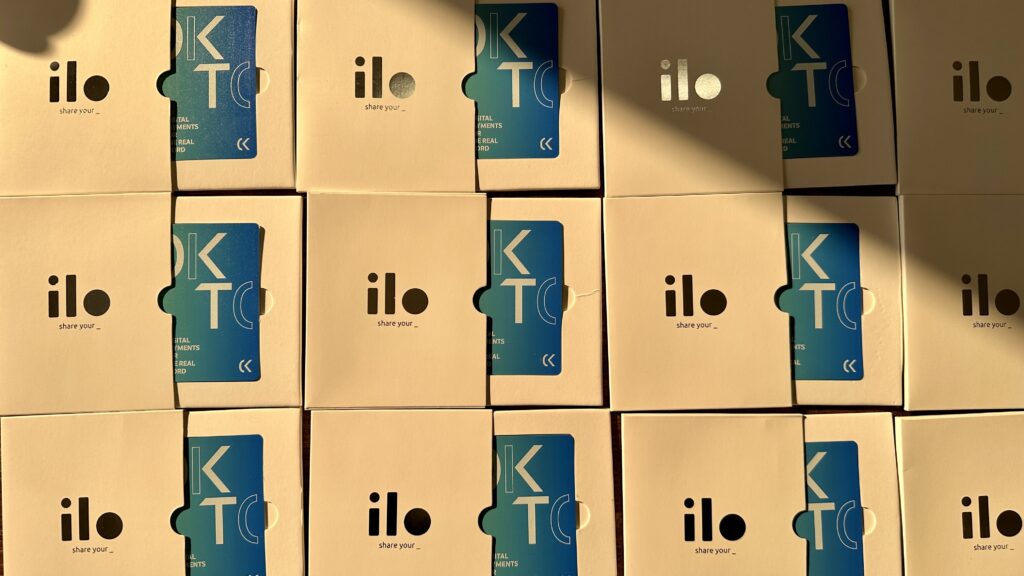 The Digital Business Card: A Branding Tool
The Digital Business Card: A Branding Tool
In the age of digital communication, traditional business cards are evolving into digital formats. A digital business card is not just a modern convenience; it’s a potent tool for personal or corporate branding. Unlike the physical card, a digital business card is flexible, interactive, and can be updated in real-time. Customizing your digital business card is an excellent way to showcase your brand. Here’s how:
Consistent Brand Image: Customize your digital card to reflect your brand’s color scheme, logo, and style. This consistency reinforces your brand identity and makes your business more recognizable.
Interactive Features: Unlike traditional cards, digital business cards can include interactive features like links to social media profiles, websites, and even embedded video content. This not only enhances engagement but also provides a more comprehensive view of your brand.
Eco-friendly and Accessible: Digital business cards show that you are environmentally conscious and technologically adept. This aspect of your brand can appeal to a broader, more diverse audience, especially among younger, tech-savvy demographics.
Real-time Updates: You can update your digital business card anytime, ensuring that your brand messaging remains current and relevant. This ability to adapt quickly is an essential aspect of a dynamic brand.
Networking Made Easy: Sharing a digital business card is as simple as sending a link, making it easier to network and spread your brand’s reach. The easier it is for people to remember and share your brand, the more significant its impact.
In conclusion, customizing your digital business card is more than a trend; it’s a strategic branding opportunity. It allows for a more interactive, consistent, and dynamic representation of your brand. By leveraging this modern tool, you can ensure that your brand stands out in a crowded digital landscape, leaving a lasting impression on everyone you meet.

